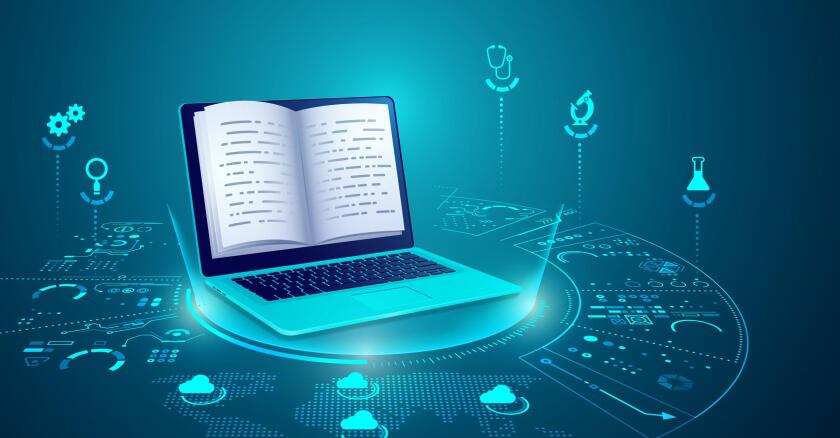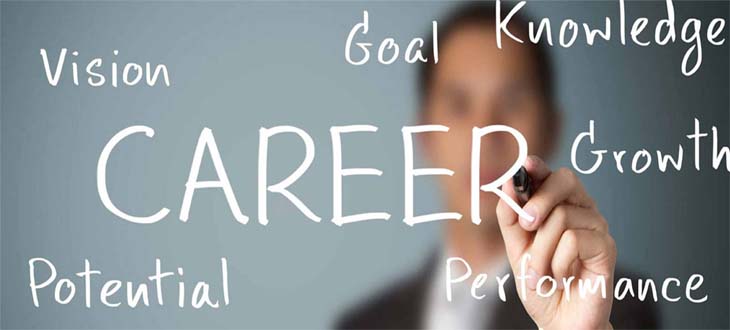
2024 technology Education technological
Technology has revolutionized nearly every aspect of our lives, and education is no exception. From enhancing access to information to enabling personalized learning, the benefits of integrating technology into the educational landscape are immense. However, along with these advantages come significant challenges, particularly the potential for distraction. This essay explores both the positive impacts of technology on education and the ways in which distractions can be managed to maximize the benefits for students and educators.
Enhanced Access to Information
One of the most significant advantages of technology in education is the unprecedented access to information it provides. The internet serves as a vast repository of knowledge, allowing students to research topics in depth, access academic journals, and utilize online libraries from anywhere in the world. This democratization of information means that students are no longer limited by the resources available in their local libraries or the knowledge of their immediate teachers. For instance, platforms like Khan Academy and Coursera offer free courses on a wide range of subjects, enabling students to learn at their own pace and according to their interests.
Personalized Learning Experiences
Technology enables personalized learning experiences that cater to the unique needs of each student. Adaptive learning software, such as DreamBox and Smart Sparrow, uses algorithms to adjust the difficulty of tasks based on the learner’s performance. This ensures that students are neither bored with tasks that are too easy nor frustrated with tasks that are too challenging. Personalized learning plans can also help identify and address specific learning gaps, providing targeted support where it is needed most. This individualized approach can significantly enhance the learning experience and improve educational outcomes.
Interactive and Engaging Learning
The integration of multimedia tools into the classroom has made learning more interactive and engaging. Educational videos, interactive simulations, and gamified learning platforms like Kahoot! and Duolingo can make complex concepts easier to understand and more enjoyable to learn. These tools cater to different learning styles, whether visual, auditory, or kinesthetic, ensuring that all students can engage with the material in a way that suits them best. This increased engagement can lead to better retention of information and a more positive attitude toward learning.
Potential for Distraction
Despite these advantages, the potential for distraction is a significant drawback of technology in education. Devices such as smartphones, tablets, and laptops, while powerful educational tools, can also serve as sources of distraction. Social media, games, and non-educational websites are just a click away, and the temptation to check notifications or engage in entertainment can be strong, especially for younger students.
Multitasking is another issue that can arise with the use of technology. Many students believe they can effectively multitask, such as listening to a lecture while browsing social media. However, research has shown that multitasking can impair cognitive functions, reducing the ability to absorb and retain information. This can lead to poorer academic performance and a superficial understanding of the material.
Managing Distractions
To address the potential for distraction, educators and institutions can implement several strategies. Firstly, establishing clear guidelines and usage policies for technology in the classroom can help minimize off-task behavior. These guidelines should specify when and how devices can be used, ensuring that students understand the boundaries.
Secondly, designing engaging lessons that actively involve students can reduce the temptation to divert their attention to non-educational content. Interactive activities, group projects, and hands-on experiments can keep students focused on the task at hand.
Classroom management software can also be a valuable tool for teachers. Programs like GoGuardian and LanSchool allow educators to monitor student activity on their devices, enabling them to quickly identify and address any off-task behavior. This oversight can help maintain a productive learning environment.
Incorporating regular breaks into the schedule can also help manage distractions. Allowing students to check their devices during designated times can reduce the urge to do so during instructional periods. This approach recognizes the reality of students’ attachment to their devices while maintaining control over when and how they are used.
Finally, promoting digital literacy and self-regulation skills is crucial. Educating students about the impact of multitasking and the importance of focused attention can empower them to manage their own use of technology more effectively. Teaching strategies for self-regulation, such as setting specific goals and using apps that block distracting sites, can help students develop good habits.
By: Kareem Mohammed Mohammed Nader Shahat
Write and Win: Participate in Creative writing Contest & International Essay Contest and win fabulous prizes.


